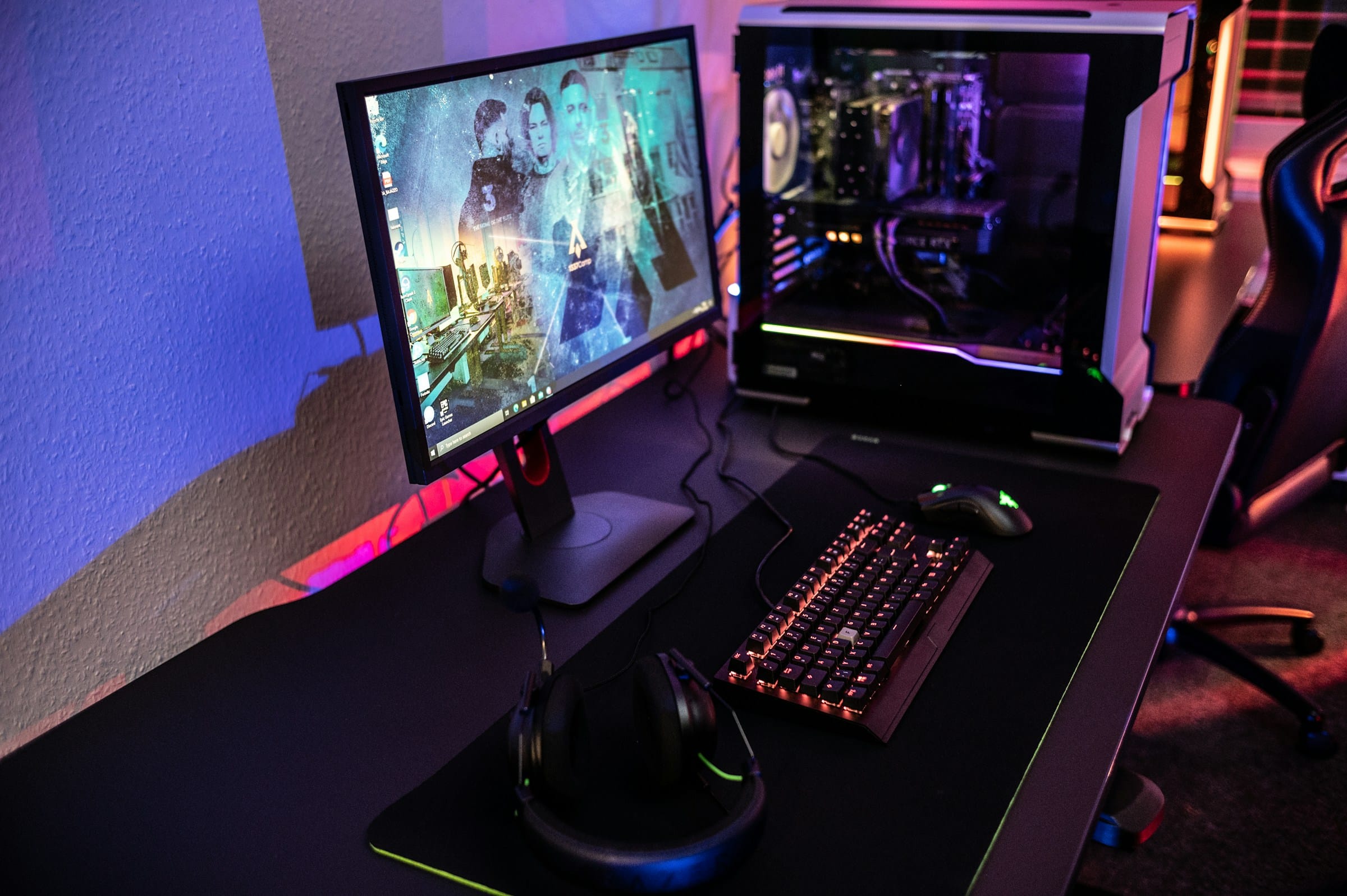How can you optimize the cooling performance of a NZXT H510 Elite case for heavy gaming use?

The NZXT H510 Elite is a popular mid-tower case known for its sleek design and tempered glass side panel. However, for those of you diving into the deep end of heavy gaming, optimizing its cooling performance becomes crucial. In this comprehensive article, we will dive into various strategies to enhance the airflow and overall cooling of your NZXT H510 Elite case, ensuring your gaming system remains stable and performs at its best.
Understanding the Basics: Why Cooling Matters in Heavy Gaming
Your computer's cooling system is the unsung hero of your gaming rig. Overheating can lead to system crashes, thermal throttling, and even hardware damage. In heavy gaming, your CPU, graphics card, and other components are constantly pushed to their limits, generating significant heat. Therefore, maintaining a cool environment inside your case is essential.
A lire en complément : What are the steps to set up a dual-monitor workspace for graphic design on a MacBook Air M1?
Choosing the Right Fans for Optimal Airflow
When optimizing the cooling performance of your NZXT H510 Elite, selecting the right fans is critical. The H510 Elite comes with two front-mounted RGB intake fans and a single exhaust fan at the rear. However, you can enhance this setup by adding additional cooling fans to improve airflow.
Intake vs. Exhaust Fans
To maintain a balanced airflow, you need a combination of intake and exhaust fans. Intake fans pull cool air into the case, while exhaust fans push hot air out. For the H510 Elite, consider adding a top-mounted exhaust fan to increase the outflow of hot air. This setup will facilitate a smoother airflow, ensuring that cool air circulates more efficiently through your system.
A lire également : How do you configure an Intel NUC 10 for use as a Plex Media Server for 4K streaming?
Fan Size and Speed
The H510 Elite supports both 120mm and 140mm fans. Larger fans (140mm) can move more air at lower speeds, reducing noise levels. Opt for high-performance fans with good static pressure ratings to push air through the casing's restrictive front mesh panel.
Enhancing the Cooling with Liquid Cooling Solutions
Air cooling is not the only option you have. Liquid cooling systems can significantly enhance your case's cooling performance, especially for heavy gaming use.
All-in-One (AIO) Liquid Coolers
AIO liquid coolers are popular for their ease of installation and high efficiency. The H510 Elite supports up to a 280mm radiator in the front, which can handle dual 140mm fans. By integrating an AIO cooling system, you can keep your CPU temperatures low, even under heavy loads.
Custom Liquid Cooling Loops
For those of you looking for the ultimate cooling solution, a custom liquid cooling loop can be tailored to your specific needs. This setup includes water blocks for both the CPU and graphics card, ensuring optimal heat dissipation. While more complex and expensive, a custom loop offers superior performance and aesthetics, especially when paired with the H510 Elite's tempered glass side panel.
Managing Cables for Improved Airflow
Cable management plays a pivotal role in maintaining an unobstructed airflow within your case. Poorly managed cables can block the path of cool air and create pockets of hot air.
Strategic Cable Routing
The H510 Elite comes with a built-in cable management bar and various routing channels. Take advantage of these features to neatly organize your cables. Route cables behind the motherboard tray and use zip ties or Velcro straps to secure them. This approach not only improves airflow but also enhances the overall aesthetics of your build.
Utilizing the Cable Management Chamber
The chamber mid section in the H510 Elite is designed to house your power supply and excess cables. By keeping these components separate from the main chamber, you can prevent heat buildup and ensure a more efficient airflow path.
Optimizing SSD and HDD Placement
The placement of your storage drives can also impact airflow. The H510 Elite offers several drive mounting options, allowing you to strategically position your SSDs and HDDs.
Front vs. Rear Mounting
Mount your SSDs on the rear of the motherboard tray to keep them out of the main airflow path. For HDDs, consider using the lower drive cage to prevent airflow obstruction. By keeping your drives away from the main cooling components, you can ensure better airflow and lower temperatures.
Monitoring and Adjusting Fan Curves
To maximize your system's cooling performance, it's essential to monitor temperatures and adjust fan curves accordingly.
Using Software Tools
Software tools like NZXT CAM, HWMonitor, and SpeedFan allow you to monitor temperatures and control fan speeds. By creating custom fan curves, you can ensure that your fans ramp up when temperatures rise and slow down when the system is idle. This proactive approach helps maintain optimal temperatures while minimizing noise levels.
BIOS Settings
In addition to software tools, you can adjust fan settings through your motherboard's BIOS. Most modern motherboards offer detailed fan control options, allowing you to fine-tune fan speeds based on temperature readings. By spending some time in the BIOS, you can create a cooling profile that suits your specific needs.
Choosing the Right Graphics Card and Sound Card
When selecting components for your gaming rig, it's important to consider their impact on cooling performance.
High-Efficiency Graphics Cards
Choose a graphics card with an efficient cooling solution, such as a dual or triple-fan design. Some graphics cards also feature thermal management technologies that adjust fan speeds based on temperature readings. By selecting a high-efficiency graphics card, you can ensure that it stays cool under heavy loads.
Sound Card Placement
While not a significant heat source, your sound card placement can impact airflow. Install it in a slot that doesn't obstruct the airflow path of your CPU or GPU. This strategic placement ensures that other components receive adequate cooling.
Considering the Power Supply Unit (PSU)
Your power supply unit (PSU) can also affect airflow. The H510 Elite supports both top and bottom-mounted PSUs, giving you flexibility in your build.
Bottom-Mounted PSU
A bottom-mounted PSU is preferred for optimal airflow. This placement allows the PSU to draw cool air from outside the case and expel hot air through its rear vent. Ensure that the PSU fan is facing downwards to avoid obstructing the main airflow path.
PSU Shroud
The PSU shroud in the H510 Elite helps keep the power supply and excess cables out of the main airflow path. This design enhances airflow and improves the overall appearance of your build.
Leveraging Tempered Glass and Case Features
The NZXT H510 Elite's tempered glass side panel showcases your components beautifully, but it can also impact cooling. Here’s how to make the most of your case's features.
Properly Sealing the Tempered Glass Panel
Ensure that the tempered glass side panel is properly sealed to prevent hot air from escaping into the main chamber. This sealing helps maintain a controlled airflow path, ensuring that cool air reaches your components efficiently.
Utilizing Fine Mesh Filters
The H510 Elite comes with fine mesh filters to prevent dust buildup. Regularly clean these filters to maintain optimal airflow and reduce heat buildup. Clean filters allow your fans to operate more efficiently, ensuring better cooling performance.
Optimizing the cooling performance of your NZXT H510 Elite case is crucial for heavy gaming use. By choosing the right fans, considering liquid cooling solutions, managing cables effectively, and strategically placing components, you can enhance airflow and maintain lower temperatures. Regularly monitor temperatures and adjust fan curves to ensure your system remains stable and performs at its peak. With these strategies, you can create a well-cooled gaming rig that handles even the most demanding games with ease.
Ultimately, achieving optimal cooling for your NZXT H510 Elite case involves a combination of thoughtful component selection, strategic placement, and regular maintenance. By following these tips, you'll not only improve your system's performance but also extend the lifespan of your gaming hardware. So, gear up, make those adjustments, and enjoy a smoother, more stable gaming experience.
